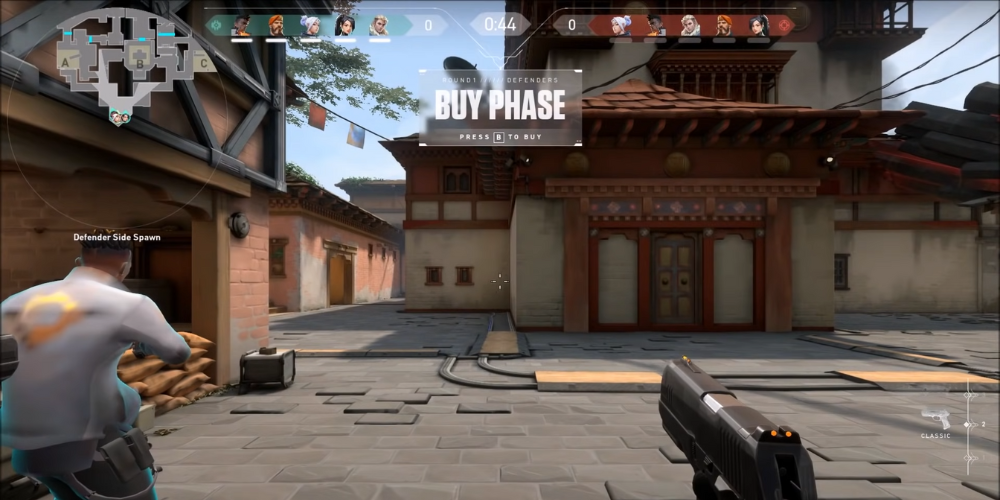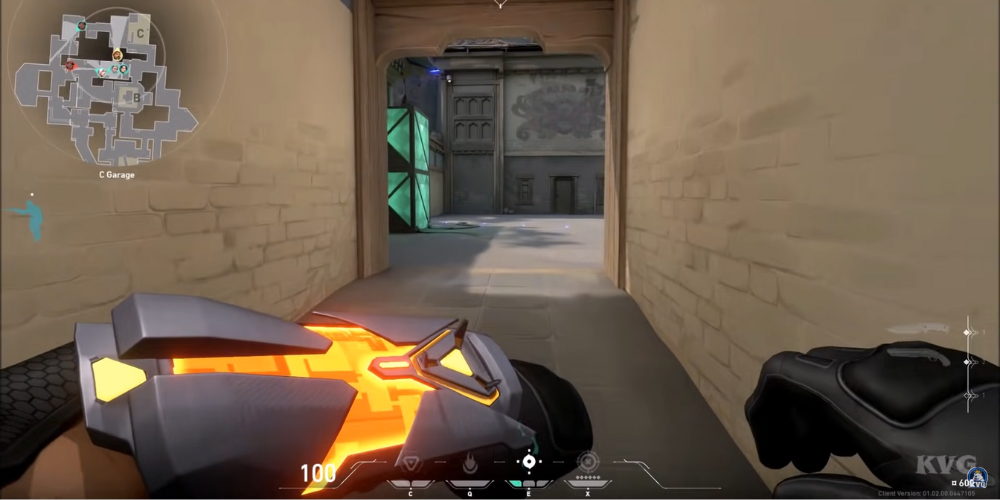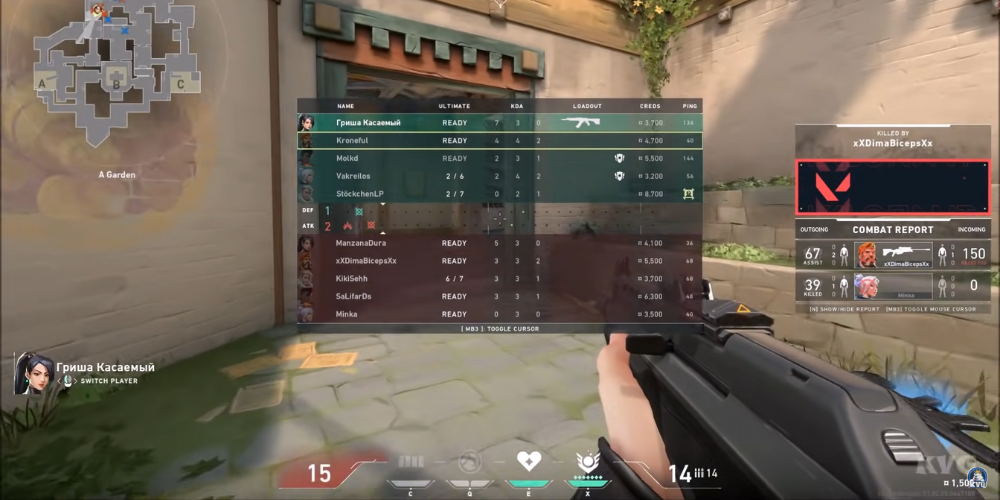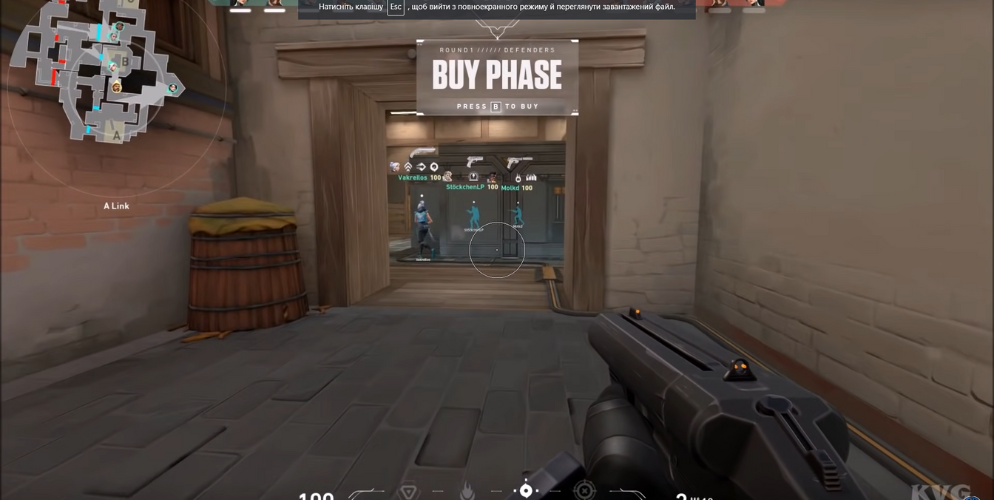Valorant: Aim Training Techniques to Elevate Your Game
- Jan 14, 2024
- 1755

Valorant, the highly competitive first-person shooter from Riot Games, demands precision, strategy, and, above all, an exceptional aiming ability from its players. Whether you're striving to reach the top ranks or simply looking to improve your gameplay experience, honing your aiming skills is a must. In this guide, we will explore a comprehensive range of aim training techniques designed to sharpen your aim and elevate your Valorant game.
Understanding Aiming in Valorant
In Valorant, aiming effectively is about more than just reflexes; it encompasses a variety of skills, including tracking, flicking, and pre-aiming. A thorough aim training regimen should address each of these areas to develop a well-rounded skill set.
- Tracking: Keeping your crosshair on a moving target.
- Flicking: Quickly moving your crosshair to a target, especially useful for sudden encounters.
- Pre-aiming: Anticipating where an opponent will be and aiming there in advance.
Foundational Techniques
Before delving into complex training routines, it is crucial to establish a solid foundation with these fundamental techniques:
- Crosshair Placement: Consistently keeping your crosshair at head level and where you anticipate enemies will emerge can drastically improve your efficiency in engagements.
- Sensitivity Settings: Finding the right sensitivity setting for your playstyle is essential. Experiment with different sensitivities to find a balance between speed and control.
- Stance and Movement: Staying mobile while maintaining aim is a skill in its self. Practice strafe shooting and counter strafing to enhance your movement and aiming simultaneously.
In-Game Aim Training
Valorant itself offers environments where you can practice and improve. Use these in-game methods to hone your skills:
Range Practice
The shooting range in Valorant is a perfect starting point. Focus on hitting stationary targets first and gradually increase difficulty by enabling moving targets. This is a great way to practice tracking and flicking.
Spike Planting/Defusing Scenarios
Practicing in these simulated game scenarios can help improve your pre-aiming and situational awareness, giving you an edge in real matches.
Custom Games
Setting up a custom game allows you to practice without the pressure of a real match. Use this opportunity to explore different maps and learn common enemy positions and angles.
Dedicated Aim Trainers
While in-game tools are helpful, dedicated aim trainers like Kovaak's, Aim Lab, and others offer structured training routines and advanced analytics to track your progress. Here are some ways to utilize these tools:
Micro-Flicks
Aim trainers typically have scenarios designed for practicing micro-flicks. These exercises help improve your precision and speed in small, quick movements.
Tracking Exercises
Look for scenarios that involve following moving targets for extended periods. These exercises are excellent for enhancing your tracking ability, crucial for dealing with moving opponents.
Reaction Time
Training exercises that test and improve your reaction time are also vital. These ensure that you can respond swiftly to enemy actions, giving you the upper hand.
Most aim trainers are highly customizable, allowing you to tailor exercises to mimic Valorant’s gameplay mechanics closely.
Daily Practice Routine
Consistency is key to improvement. Establishing a daily practice routine, incorporating both in-game methods and dedicated aim trainers, can significantly impact your aiming skill over time. Here’s a simple but effective routine to get started:
- Warm-Up: Begin with 15-20 minutes in the Valorant shooting range, focusing on stationary and then moving targets.
- Aim Trainer: Spend at least 30 minutes in your preferred aim trainer, working on flicking, tracking, and reaction time exercises.
- Gameplay: Apply what you've practiced in actual Valorant matches. Pay attention to your aim and try to identify areas for improvement.
- Review: End your session by reviewing your gameplay, noting improvements and areas that need work. Adjust your training routine based on these observations.
This routine can be adapted based on your schedule and specific aims.
Mental Preparation and Consistency
Mental preparedness plays an equally crucial role in enhancing your aiming skills and overall performance in Valorant. Stress, pressure, and anxiety can significantly impair your reaction times and accuracy. Here are ways to improve your mental game:
Relaxation Techniques
Before beginning your practice session or entering a match, take a few moments to calm your mind. Techniques such as deep breathing or mindfulness meditation can help reduce anxiety, leading to better focus and performance.
Positive Reinforcement
Celebrate your successes, no matter how small. Positive reinforcement can boost your confidence and motivation. Setting small, achievable goals and rewarding yourself upon reaching them can create a positive feedback loop that enhances learning and performance.
Consistent Practice Schedule
Consistency is more than just practicing daily; it's about creating and adhering to a structured routine. A consistent schedule conditions your mind and body, leading to quicker improvements and more stable performance.
Team Synergy and Communication
Valorant is a team-based game, and while individual skill such as aiming is critical, team synergy and communication can magnify the effectiveness of your skills. Here’s how you can improve teamwork:
Communicate Effectively
Good communication is vital. Clearly calling out enemy positions, intentions, and strategies enhances your team's situational awareness and strategic planning. This environment allows for better pre-aiming and anticipatory aiming strategies.
Understand Team Composition
Each agent in Valorant has unique abilities that can complement or supplement your aiming skills. Understanding these abilities and how they interact with your team’s composition can create opportunities for easy shots and advantageous engagements.
Adapt to Your Role
Depending on your chosen agent and the team’s strategy, your role might require different aiming styles. A player acting as an initiator or duelist might prioritize aggressive flicking and tracking, while a support or controller might focus on pre-aiming and holding angles. Adapt your practice to reflect these roles.
Advanced Aiming Techniques
To truly excel in Valorant, mastering advanced aiming techniques can give you an edge over your opponents. Here are a few to consider adding to your training regimen:
Pixel Peek Shots
Mastering the art of shooting enemies through the smallest gaps or over terrain objects requires precise crosshair placement and exceptional control. Practice in custom games to familiarize yourself with common pixel peeks on various maps.
Height Advantage Aiming
Engaging enemies from different elevations adds complexity to aiming. Practicing shots from high to low ground (and vice versa) can improve your versatility and effectiveness in various map locations.
Utility-Assisted Aim Practice
Incorporating agent abilities into your aim practice can provide realistic scenarios that you will encounter in matches. For example, using Sova’s recon bolt to practice pre-aiming at revealed enemies can enhance the practical application of your aiming skills.
These advanced techniques, coupled with foundational skills and mental preparedness, will greatly contribute to your growth as a Valorant player. Remember, persistence, patience, and practice are your best allies on the path to mastering Valorant.


